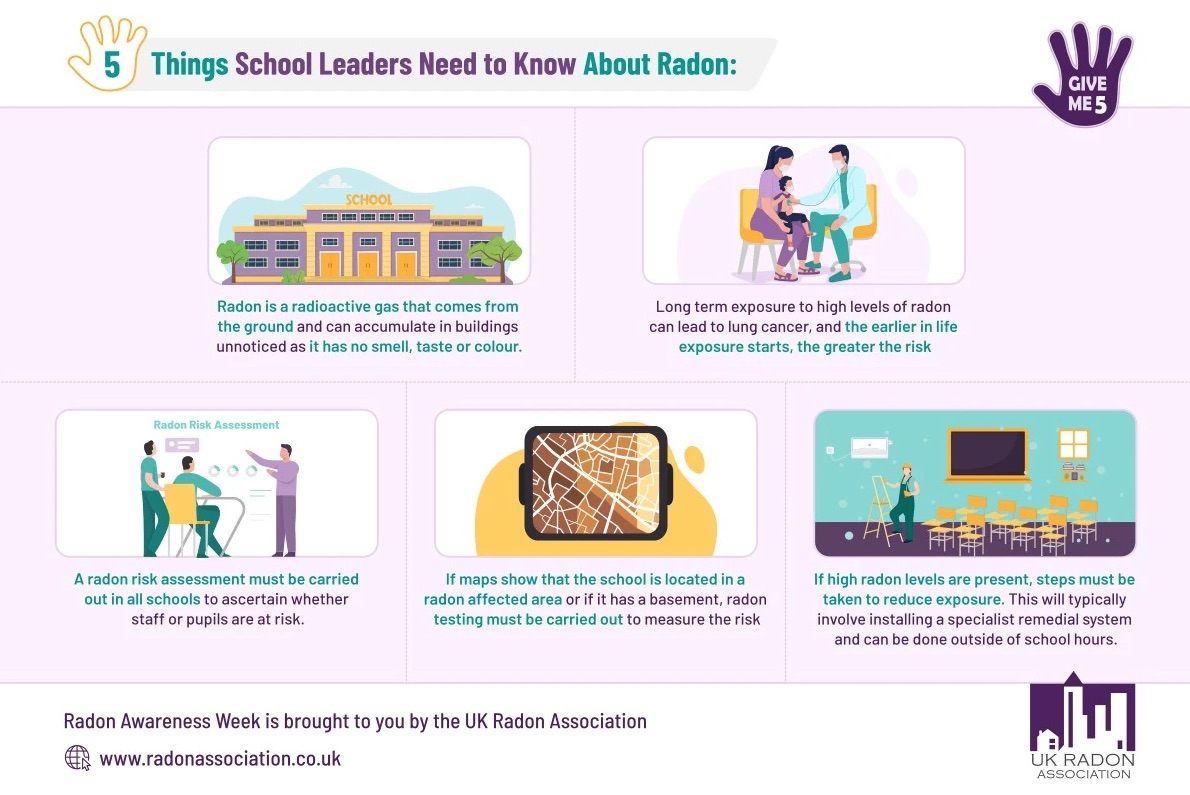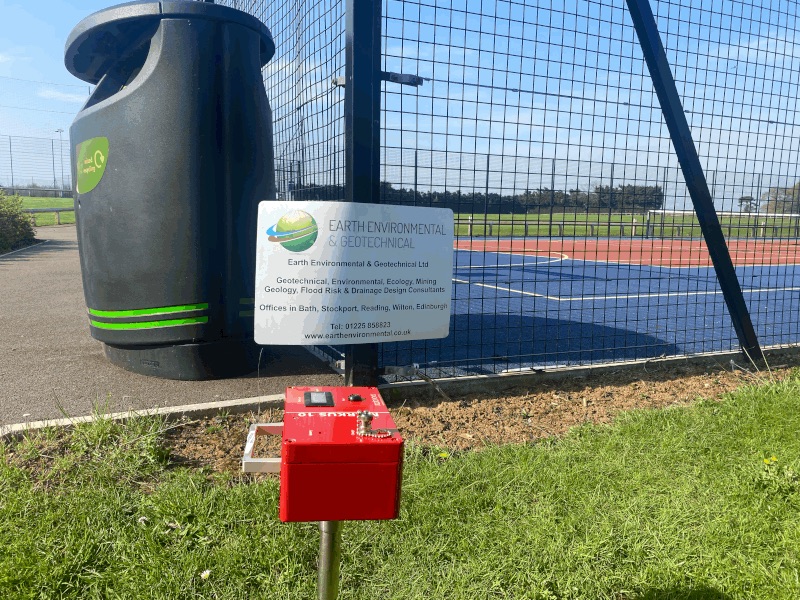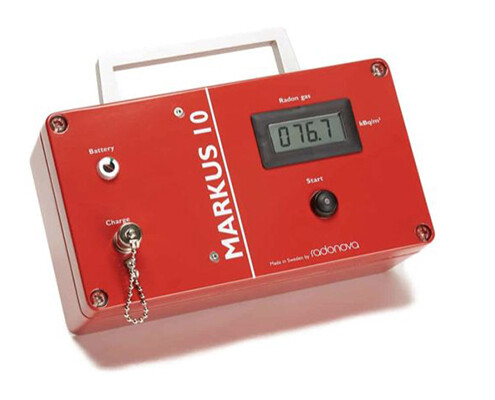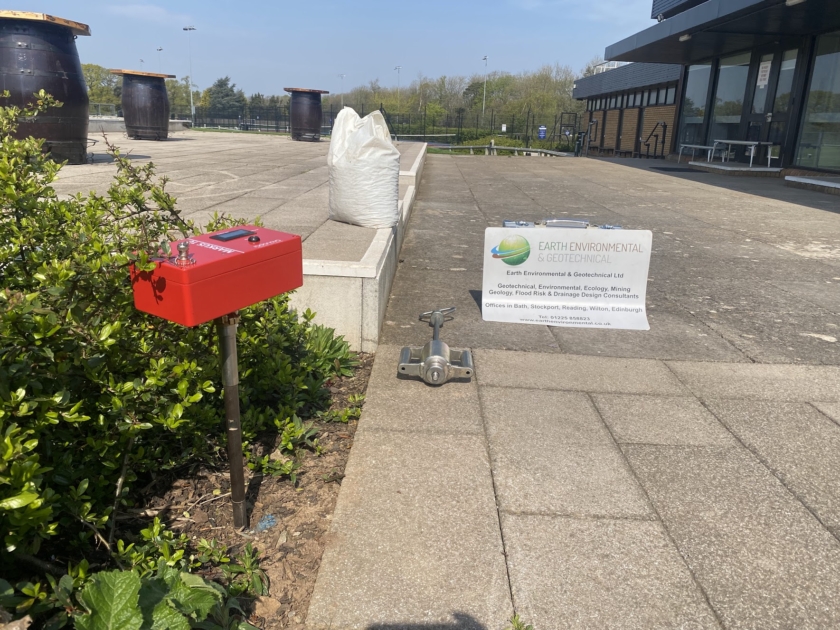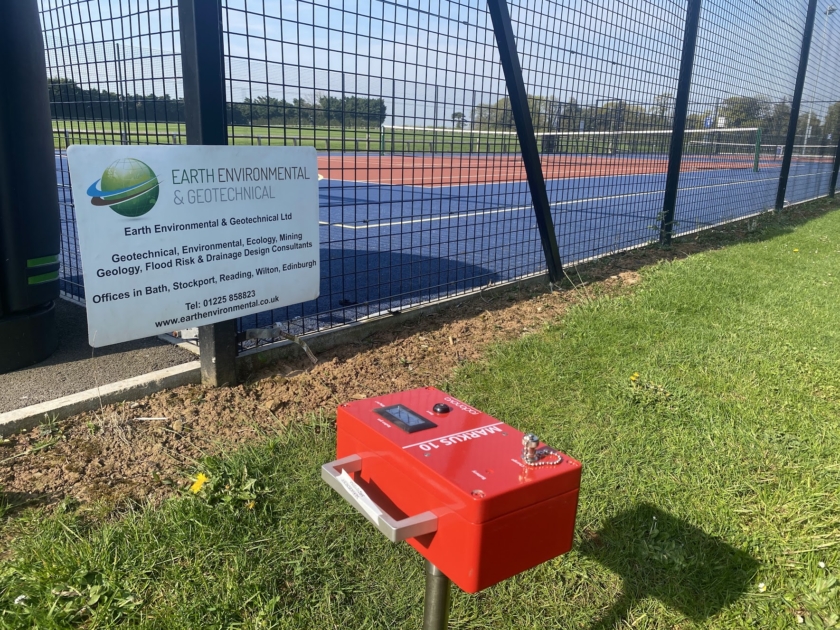Radon Monitoring in Bristol
Radon Monitoring in Bristol
Large parts of Bristol and the surrounding area are in high risk zones for radon levels. Whilst every building contains some level of radon the levels are usually low, so the risk to health is small. However in some parts of the country e.g. Bristol, buildings and grounds may have higher levels and there may be the need for radon monitoring in specific areas of Bristol.
It has been estimated by the National Cancer Institute that in Bristol radon is responsible for over 10% of all lung cancer cases diagnosed each year.
But how do you know if your building, land, or grounds has higher levels of radon?
Earth Environmental & Geotechnical recently worked with a School in Bristol using MARKUS 10 instruments that allows for in-situ measurement of radon gas in soils. The Markus 10 can provide a clear understanding of the radon levels in the soil of your School site and can quickly allow for an informed decision on whether the site requires radon mitigation measures.
For further information on radon monitoring and detection for buildings and development land please contact Earth Environmental & Geotechnical now
Radon Monitoring and detection is an essential assessment required in risk areas throughout the UK. Earth Environmental & Geotechnical have invested in a MARKUS 10 instrument that allows for in-situ measurement of radon gas in soils.
Over the past 12 months, the Health & Safety Executive (HSE) has been particularly active in assessing compliance with radon risk assessments.
Under the Management of Health and Safety at Work Regulations 1999, all employers must assess health and safety risks, and this includes radon. For both landlords and employers, if the property is located within a designated radon ‘affected area’, radon testing must be carried out to measure the hazard and complete the risk assessment.
Dr Maria Dugdale, Chair of UK Radon Association said, “Increasing awareness of radon is vital if the number of deaths from radon-related lung cancer is to be reduced. These deaths are largely avoidable, but many homeowners, landlords and employers still aren’t aware of the need to test their properties. We are also targeting schools as this is a sector that the Health & Safety Executive (HSE) have been particularly active in assessing compliance in over the past 12 months. Many schools have been, contacted by an Inspector requesting to see their radon risk assessment, and if this cannot be produced have been given a deadline by which to provide it.”
Radon Awareness Week 2022 – Give Me 5
Earth Environmental & Geotechnical: MARKUS 10 instrument Allows for in-situ Measurement of Radon Gas in Soils.
If you are planning any development for a new residential or commercial development the Markus 10 can provide a clear understanding of the radon levels in the soil of your development site and can quickly allow for an informed decision whether the development requires radon mitigation measures.
The Radon Atlas shows the bands of radon risk in each 1 kilometre grid square of England and Wales. This is only a coarse gridded assessment of radon potential, defined as the estimated percentage of homes in an area above the radon action Level. The risk is indicative, not definitive, and the atlas shows the whole 1km grid square according to the highest radon potential.
The advantage of the Markus 10 is that it provides the actual radon measurements specific to the soil of the development site. The equipment can be used to map the whole site to provide a clear and accurate understanding of the actual radon levels and then informed decisions can be made if radon mitigation is required and how extensive they need to be.
The Markus 10 will measure the radon content within 14 minutes after starting the measurement and only 18 minutes waiting time is required between each measurement.
The instruments are particularly good for pre planning ground investigation work and can be used before designs or construction works start on new developments or brownfield land development. In-situ testing allows for an enhanced assessment of radon potential of shallow soils rather than sole reliance on the Radon Atlas.
Using the Markus 10 when assessing development land could mean that a site that may not look viable according to the Radon Atlas actually is or that any radon issues are captured at the pre planning phase so development designs can be adapted before designs are finalised for planning applications.
For further information on radon monitoring and detection for development land please contact Earth Environmental & Geotechnical now
Case Study – School in Bristol
Radon Monitoring in Bristol- Case Study
- Radon detectors installed in existing building
- Markus 10 in situ testing for area surrounding the building.
For further information on radon monitoring and detection for development land please contact Earth Environmental & Geotechnical now
SOUTH WEST
Studio 3,
Tollbridge Studios,
Toll Bridge Road,
Bath,
BA1 7DE
Email: southwest@earthenvironmental.co.uk
Tel: 01225 858823
www: Earth Environmental – South West


